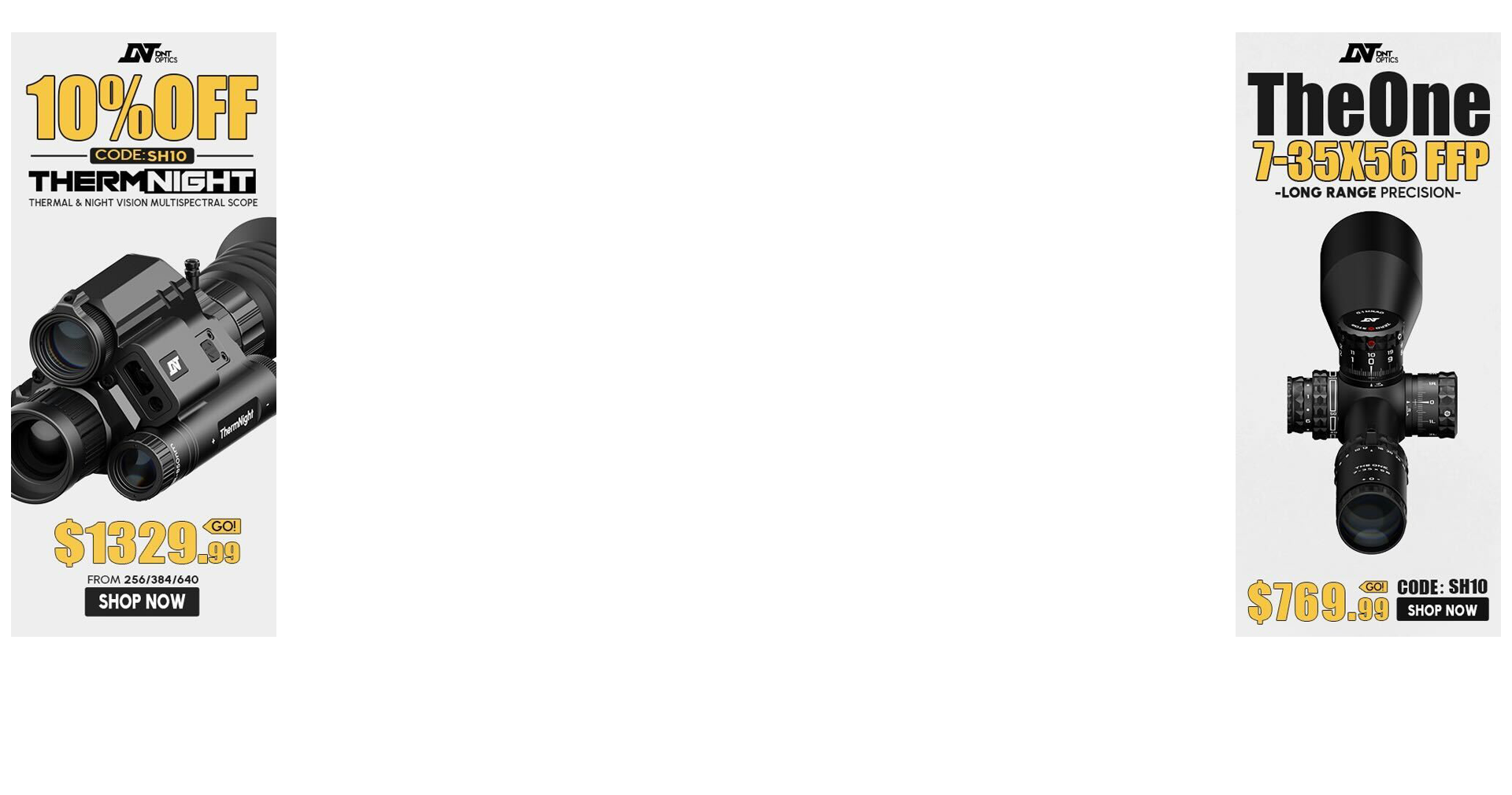Cal: 300 WM
Powder: 69.5 gr of IMR 4350
Bullet: 200 gr TSX Barnes
Velocity: 3050 fps
Concerns:
After doing load workups for 3 different bullets (BT, FB, and the TSX)I liked how the TSX was grouping (about 1.5" at 100 yds with my hunting rifle on a front rest) I shot 15 rounds in my Browning A-Bolt, 26" barrel and most of the brass showed no signs of too much presure. So I loaded 50 more rounds.
I had 3 cases that were silver (or nickle or something I am not sure) that I have had around for about 5 years that I considered my lucky cases cause they were shiny and I always got an elk with it. After shooting them, all three had a crack around the case about .5 inch up from the bottom of the case. One broke off during ejection and the casing remained in the chamber. The cracks are right about on the spot where the full length sizer stops on the way down on a sizing pass. None of the other 15 brass rounds showed any signs of cracking. And I never anneal my brass.
My concern is obviously loading them too hot and having something bad happen (explosion etc). So should I pull the bullets out of the other 50 rnds and reload or assume its ok cause the silver brass was probably overworked? Has anyone else experienced this problem?
I have never wanted to load a hunting rifle to its max just for the safety factor, and I plan to cut down to 68 grains of powder on ensuing loads. I have been loading for about 15 years and have never had this problem.
Thanks in advance and any opinions/facts will be appreciated,
DT
Powder: 69.5 gr of IMR 4350
Bullet: 200 gr TSX Barnes
Velocity: 3050 fps
Concerns:
After doing load workups for 3 different bullets (BT, FB, and the TSX)I liked how the TSX was grouping (about 1.5" at 100 yds with my hunting rifle on a front rest) I shot 15 rounds in my Browning A-Bolt, 26" barrel and most of the brass showed no signs of too much presure. So I loaded 50 more rounds.
I had 3 cases that were silver (or nickle or something I am not sure) that I have had around for about 5 years that I considered my lucky cases cause they were shiny and I always got an elk with it. After shooting them, all three had a crack around the case about .5 inch up from the bottom of the case. One broke off during ejection and the casing remained in the chamber. The cracks are right about on the spot where the full length sizer stops on the way down on a sizing pass. None of the other 15 brass rounds showed any signs of cracking. And I never anneal my brass.
My concern is obviously loading them too hot and having something bad happen (explosion etc). So should I pull the bullets out of the other 50 rnds and reload or assume its ok cause the silver brass was probably overworked? Has anyone else experienced this problem?
I have never wanted to load a hunting rifle to its max just for the safety factor, and I plan to cut down to 68 grains of powder on ensuing loads. I have been loading for about 15 years and have never had this problem.
Thanks in advance and any opinions/facts will be appreciated,
DT



